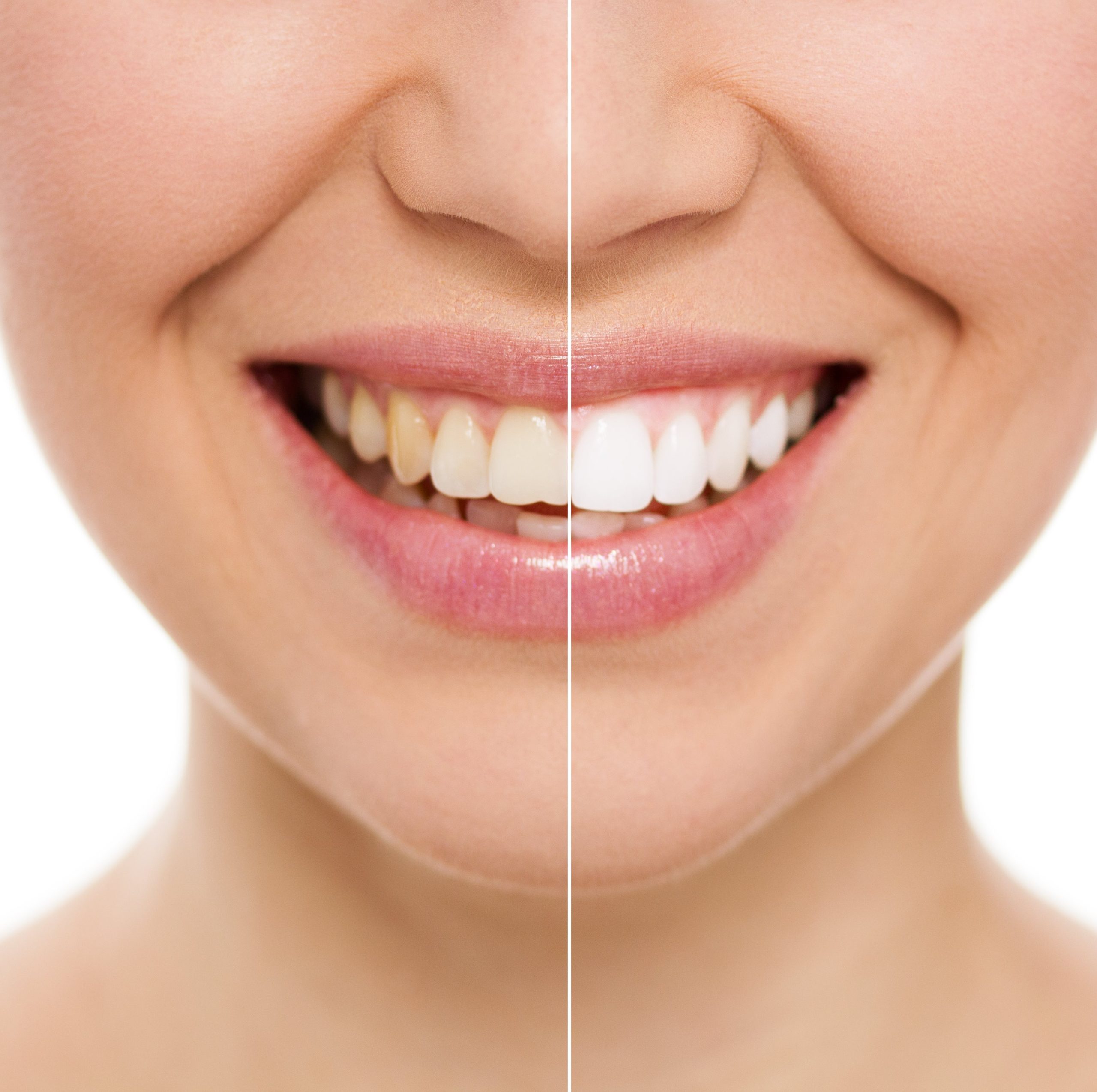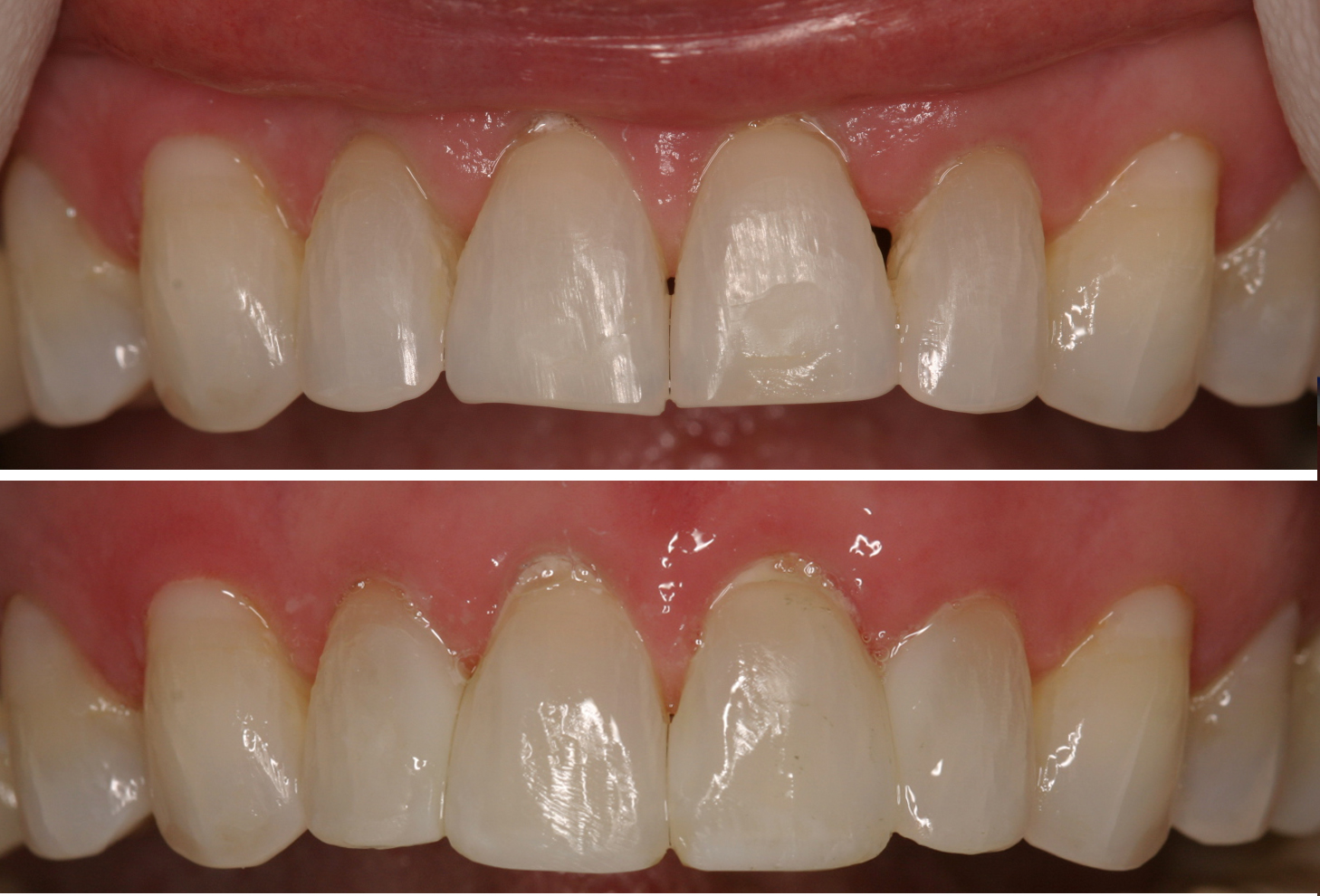- Child Dentistry
- Depigmentation Of Gums
- Surgical Extractions
- Dental Implants
- Dentures
- Root Canal
- Orthodontics
- Cosmetic Dentistry
- Crown & Bridge
- Restorative Dentistry
If You Need Any Help Contact
Jindal Dental Clinic sector 12 panchkula
+91 9876487103

Today, cosmetic dentistry is more popular than ever, from whitening and shaping to closing spaces and replacing teeth. And dentists have a wide array of tools and techniques at their disposal for improving the look of your smile.
Before deciding to undergo any cosmetic procedure, it’s important to know the benefits and risks and what you can expect during the process. Make sure you’re clear about what it will cost, how much experience your dentist has with the procedure, and whether any special maintenance will be needed afterward.
Teeth Whitening
Over time, teeth can become stained or discolored, especially after smoking, taking certain medications, or consuming foods and beverages such as coffee and tea. Using a chemical process, we at Jindal Dental Clinic can bleach your teeth in one of two ways. We can do an in-office procedure, or provide you with a system to use at home.
We can create a custom mouthpiece tray that ensures the right amount of whitening solution reaches your teeth. You may find whitening at home more convenient. But it can take two to four weeks or longer depending on the strength of peroxide used. In-office whitening can take place in one or more 1- to 2-hour visits.
Keep in mind, your teeth can become stained again if you continue exposing them to the same substances that originally stained them. Because whitening products are not meant to clean teeth, it is still important to continue practicing daily oral hygiene by brushing twice a day and flossing at least once a day.
Bonding

Bonding may improve how your teeth look if they have excess space between them, or if they are chipped, broken, stained, or cracked.
We at Jindal Dental Clinic also use bonding materials to fill small cavities or to protect the exposed root of a tooth.
We usually do this procedure in a single office visit by applying an etching solution followed by tooth-colored materials – sometimes composite resins – directly to the tooth’s surface where needed.
Although bonding can last for several years, it is more likely than other types of restorations to chip or become stained or just wear down.
These custom shells, typically made of porcelain (sometimes plastic), cover the front sides of the teeth to change their color and/or shape. Veneers last longer than bonding and provide a superior appearance. They are less expensive than crowns. Veneers can improve teeth that:
- Have spaces between them
- Have become chipped or worn
- Are permanently stained
- Are poorly shaped
- Are slightly crooked
Crowns
Sometimes called caps, crowns completely cover a tooth, restoring a normal shape and appearance. You may need a crown to:
- Cover a misshapen or discolored tooth
- Protect a weak tooth
- Restore a broken or worn tooth
- Cover a tooth with a large filling
- Hold a dental bridge in place
- Cover a dental implant
- Cover a tooth that’s had a root canal procedure
Crowns can be made from metal, porcelain fused to metal, resin, or ceramic materials. Permanent crowns can have a long life if you take good care of them.
Enamel Shaping and Contouring
Enamel shaping and contouring involves removing or contouring dental enamel to improve the appearance of your teeth. Often used to alter the length, shape, or position of teeth, reshaping and contouring can correct:
- Crooked or overlapping teeth
- Chipped and irregular teeth
- Minor bite problems
You may be a good candidate for reshaping and contouring if you have normal, healthy teeth, and there’s still adequate bone between your teeth to support them.
Bridges
Sometimes called a fixed partial denture, bridges are used to replace missing teeth with artificial teeth. Bridges can be made of gold, alloys, porcelain, or a combination. Dentists anchor them onto surrounding teeth after preparing them for crowns. Then a false tooth joins to the crowns and the bridge is cemented onto the prepared teeth. Only a dentist can remove a fixed bridge.
The success of your bridge depends upon its foundation. So, remember that oral hygiene to keep remaining teeth healthy is particularly important if you wear a bridge.